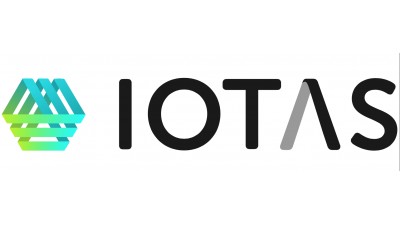How The Internet Of Things Will Revolutionize Multifamily

Millennials are accustomed to technology’s ubiquity in every facet of daily life. As digital natives, they rely on a number of devices powered by high-speed connectivity for information and entertainment. They are the readiest adopters of smart home technologies, like electronic door locks, smart thermostats that learn to automatically regulate temperature according to occupant habits, and things like lighting, shades and sound systems controlled by a smartphone serving as universal remote.
Due to smart tech’s potential to simplify life and the preferences of young people, a recent study by Research and Markets predicted the global smart homes market will reach $122B in five years.
But millennials are also characterized by their transience. As renters, they demand shorter and more flexible leases. They often want their units’ utilities and systems preconfigured to minimize the onus of setup upon arrival.
The IOTAS business model caters to this demographic by installing smart technology in multifamily residential, a long-underserved market segment, with the Internet of Things as a service. This lucrative niche has previously been neglected, even though millennials comprise a larger relative share of renters than homeowners.

The first pioneer in the multifamily smart home sphere, IOTAS partners with property owners, developers and managers to create an intuitive, seamless, immediately fully functional, turnkey home tech experience. Team members constantly look ahead, monitoring the smart device buzz to future-proof their spaces, and they predict some exciting shifts.
“The future of smart homes will not be screen-based control but either voice, gesture or physical interactions with your home, which leads to anticipatory lifestyle automation,” IOTAS CEO Sce Pike said. “For example, turning off your bedroom light will trigger all other lights to turn off, your thermostat to turn down and perhaps your TV to turn on."

Most of the available solutions are siloed, meaning devices are isolated and cannot send or receive information from each other. IOTAS is changing this, as more inter-device connections translates to better service.
“Our goal is that when smart apartments become ubiquitous, all of renters’ settings and preferences would follow them to their new apartment,” Pike said.
IOTAS is hardware agnostic, which Pike believes lends to greater customization of the experience for the renter and the on-site team. Among products IOTAS uses and supports are Alphabet’s Nest, Amazon's Alexa and Honeywell. Property managers may find their investment with IOTAS quickly recouped by both the higher rental rates their properties command and the lower vacancy rates they enjoy as a result of increased interest.
"Focusing on the experience you'd like the resident to have and the data the property needs to survive is imperative," Pike said. "Home automation has been around for a while, but it's been designed with the single-family homeowner in mind, not the renter or the portfolio of apartment communities the owner has and needs to control seamlessly."
To learn more about this Bisnow content sponsor, click here.

